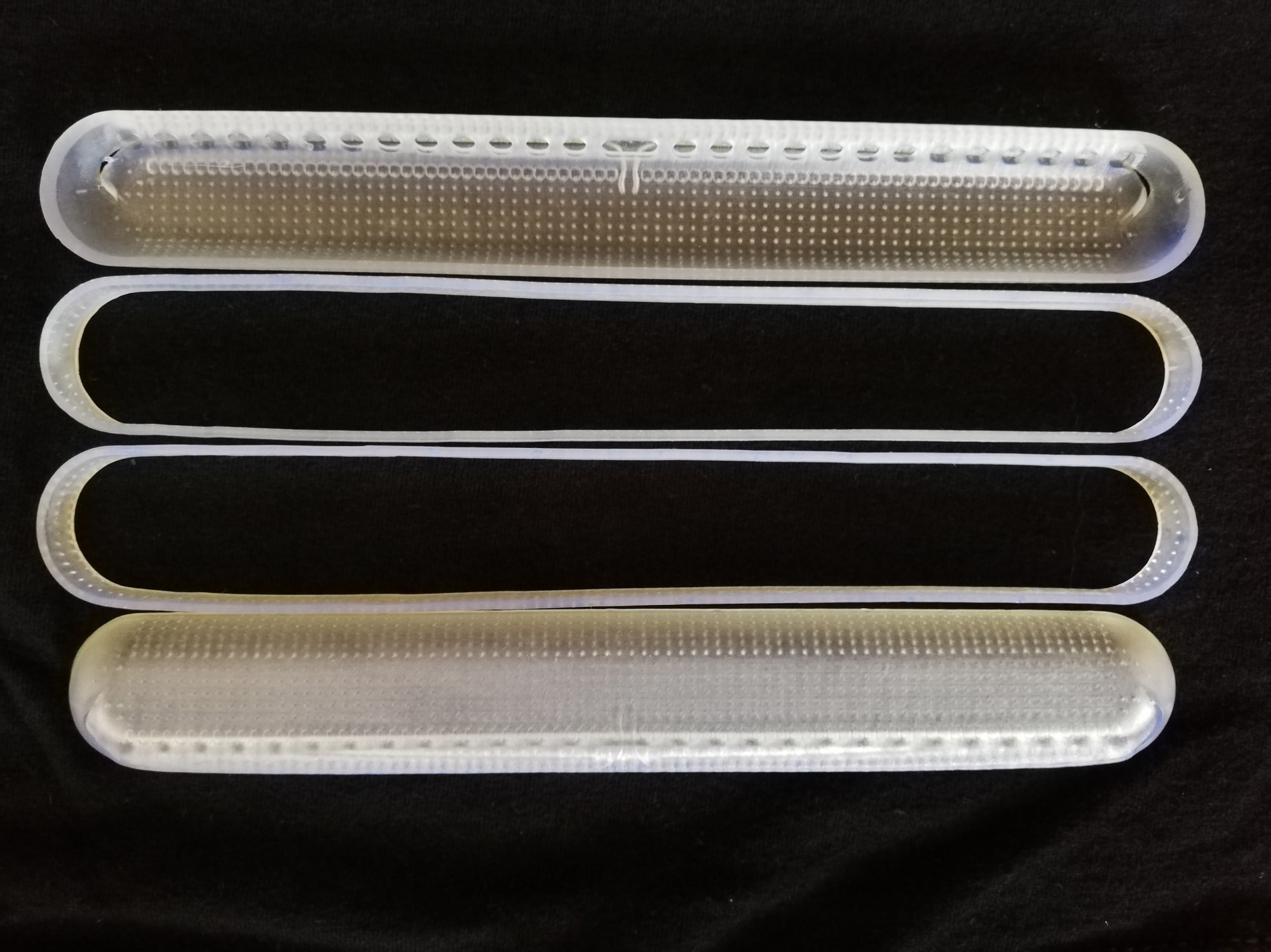A new study performed has shown how the glass-like shells of diatoms tend to help such microscopic organisms execute photosynthesis in dim conditions.
 A new optical study reveals how the glass-like shells of diatoms help these unicellular organisms perform photosynthesis even in dim conditions. Their shells contain holes that change the behavior of light depending on their size, spacing, and configuration. Image Credit: Santiago Bernal, McGill University
A new optical study reveals how the glass-like shells of diatoms help these unicellular organisms perform photosynthesis even in dim conditions. Their shells contain holes that change the behavior of light depending on their size, spacing, and configuration. Image Credit: Santiago Bernal, McGill University
A better comprehension of how this phytoplankton tends to harvest and communicate with light could result in enhanced sensing devices, solar cells, and optical components.
The computational model and toolkit we developed could pave the way toward mass-manufacturable, sustainable optical devices, and more efficient light harvesting tools that are based on diatom shells. This could be used for biomimetic devices for sensing, new telecommunications technologies or affordable ways to make clean energy.
Santiago Bernal, Research Team Member, McGill University
Diatoms are single-celled organisms present in most bodies of water. Their shells are veiled in holes that react to light in a different manner based on their spacing, size, and configuration.
In the journal Optical Materials Express, the scientists, headed by McGill University’s David V. Plant and Mark Andrews, report the initial optical study of a full diatom shell. They examined how various sections of the shell, or frustule, react to sunlight and how this response has been connected to photosynthesis.
“Based on our findings, we estimate that the frustule can contribute a 9.83 percent boost to photosynthesis, especially during transitions from high to low sunlight. Our model is the first to explain the optical behavior of the entire frustule. So, it contributes to the hypothesis that the frustule enhances photosynthesis in diatoms,” stated Yannick D'Mello, the first author of the paper.
Combining Microscopy and Simulation
Diatoms have evolved for millions of years to survive in any aquatic environment. Their shell is made of several regions that work collectively to harvest sunlight. For the optical response of diatom frustules to be well understood, the scientists integrated computer optical simulations along with various microscopy methods.
The scientists started by imaging the architecture of the frustule with the help of four high-resolution microscopy methods: scanning electron microscopy, dark field microscopy, scanning near-field optical microscopy, and atomic force microscopy. Further, they utilized such images to inform a range of models that the scientists built to examine every part of the frustule through 3D simulations.
With the help of these simulations, the scientists analyzed how different colors of sunlight communicated with the structures and determined three main solar harvesting mechanisms: redistribution, capture, and retention. This method enabled them to integrate various optical ideas of the frustule and display how they work collectively to assist photosynthesis to be performed.
We used different simulations and microscopy techniques to examine each component separately. We then used that data to build a study of how light interacts with the structure, from the moment it gets captured, to where it gets distributed after that, how long it is retained, and until the moment it likely gets absorbed by the cell.
Yannick D’Mello, Study First Author, Department of Electrical and Communication Engineering, McGill University
Boosting Photosynthesis
The study disclosed that the wavelengths with which the shell interacted concurred with those absorbed at the time of photosynthesis. This denotes it could have developed to help capture sunlight. Also, the scientists discovered that various regions of the frustule could reallocate light to be absorbed throughout the cell.
This denotes that the shell evolved to improve the exposure of the cell to ambient light. Also, their findings denoted that the light circulates within the frustule for a considerable time to help photosynthesis during periods of transition varying from high to low illumination.
The newly-developed frustule model could make it feasible to grow diatom species that tend to harvest light at various wavelengths, thereby enabling them to be tailored for particular applications.
These light-harvesting mechanisms of diatoms could be used to improve the absorption of solar panels by allowing sunlight to be collected at more angles, therefore partially removing the dependency of the panel to directly face the sun.
Santiago Bernal, Research Team Member, McGill University
Currently, the scientists are working toward refining their model and plan to employ their new toolkit to study other species of diatoms. Following that, they have planned to expand the model beyond the light interactions inside a single frustule to analyze behaviors caused by several frustules.
Journal Reference:
D’Mello, Y., et al. (2022) Solar energy harvesting mechanisms of the frustules of Nitzschia filiformis diatoms. doi.org/10.1364/OME.473109.